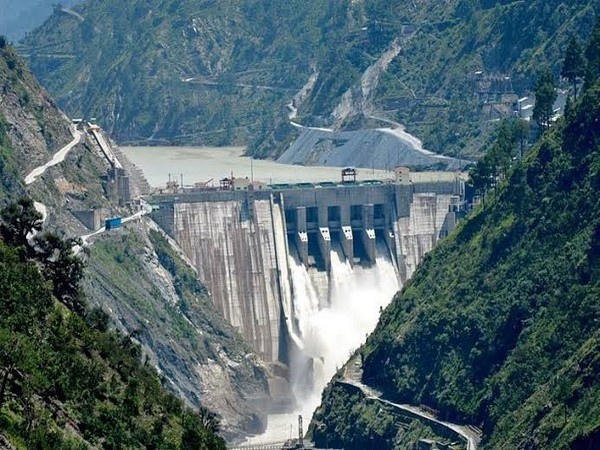New Delhi: With an aggregate capacity of 15 GW currently under construction, the nation is poised to witness a substantial increase in its hydroelectric power potential, targeting a rise from the present 42 GW to an impressive 67 GW by 2031-32, marking an increase of over 50 percent.
India is on the cusp of a significant transformation in its energy sector, with the Ministry of Power announcing the progress of hydroelectric power projects, set to substantially augment the country’s renewable energy capacity.
According to a press release by the Ministry of Power, the Indian Meteorological Department (IMD) has predicted a favorable monsoon in the fiscal year 2024-25, which is expected to contribute significantly to the improvement in water reservoir levels.
Particularly crucial is the contribution from snowmelt in the Himalayan region, which acts as a vital resource for hydropower projects.
Consequently, any rise in temperature leading to increased snowmelt will further bolster the capacity of these projects, read the press release.
Pumped Storage Projects (PSPs), often referred to as ‘the Water Battery’, are also gaining prominence in the country’s energy transition.
These projects, aimed at providing greater inertia and balancing power to the grid, are currently under construction with an aggregate capacity of 2.7 GW, while an additional 50 GW is in various stages of development.
It is anticipated that PSP capacity will surge from 4.7 GW to approximately 55 GW by 2031-32.
However, the recent decline in hydro power generation during 2023-24 has raised concerns. While lower rainfall in the southern region contributed to reduced energy generation, the situation was exacerbated by natural disasters impacting key power stations in the northern and eastern regions, read the press release.
Flash floods in Himachal Pradesh and the Eastern region disrupted operations, leading to a notable decrease in hydro power generation.
Addressing concerns about the fluctuating hydrology of river basins, experts emphasized the variability of rainfall patterns and cautioned against assuming future trends based solely on past data.
Despite these challenges, the government remains optimistic about the replenishment of reservoir capacities, especially with the IMD’s prediction of a promising monsoon in FY 2024-25.
This anticipated increase in rainfall could potentially reverse the trend of declining reservoir levels experienced in the previous year.
Highlighting the pivotal role of hydroelectric power in India’s energy landscape, officials stressed its significance in providing essential peaking support to the electricity grid, thereby enhancing the reliability and resilience of the power system, read the press release.
The development of hydro power projects has faced hurdles in recent years, ranging from natural calamities to contractual disputes.
However, aligning with India’s commitments under the COP Paris agreement, the government has adopted a proactive approach towards hydro power development to accelerate progress.
India’s renewable energy capacity has witnessed remarkable growth, surpassing targets set at the COP 21 Paris Summit.
The nation’s commitment to reducing emissions intensity and increasing the share of non-fossil fuel-based energy resources underscores its dedication to combating climate change.
(With inputs from ANI)















